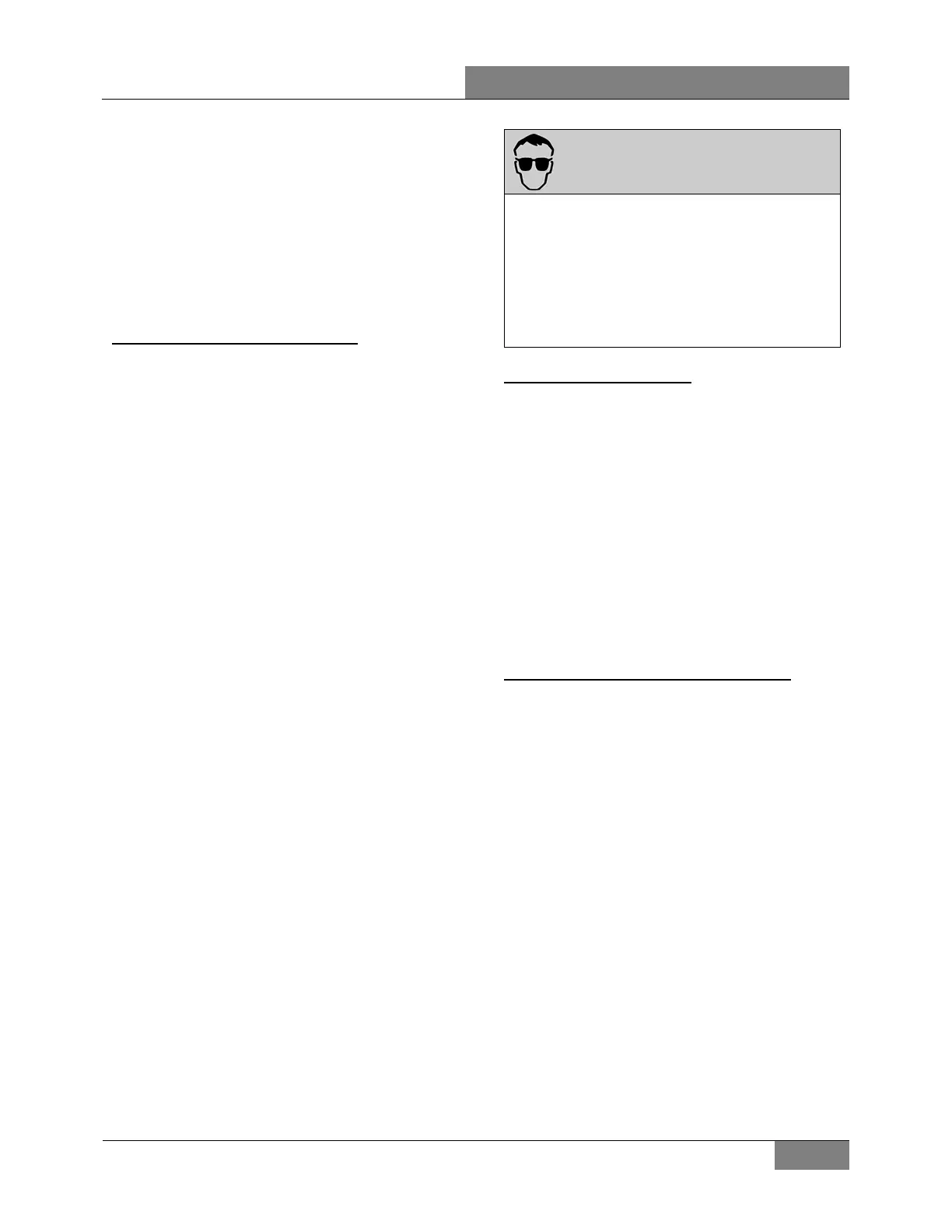SECTION 22: HEATING AND AIR CONDITIONING
PA1621 Maintenance Manual All Series | Section Revised November 2017
57
Refrigerant charge (Approximate)
Central A/C system: 24 lbs
Small A/C system: 4 lbs
Overhead comp. A/C system: 2 lbs
It will be impossible to draw the entire refrigerant
out of the cylinder. However, the use of warm
water or heating blanket when charging the
system will assure the extraction of a maximum
amount of refrigerant from the cylinder.
Precautions in Handling Refrigerant
1. Do not leave refrigerant cylinder uncapped.
2. Do not subject cylinder to high
temperatures, do not weld or steam clean
near system or cylinder.
3. Do not fill cylinder to more than 80% liquid
full to allow for refrigerant expansion.
4. Do not discharge vapor into an area where
a flame is exposed.
5. Do not expose the eyes to liquid refrigerant.
All refrigerant cylinders are shipped with a heavy
metal screw cap. The purpose of the cap is to
protect the valve and safety plug from damage.
It is a good practice to replace the cap after
each use of the cylinder for the same reason. If
the cylinder is exposed to the sun’s radiant heat
pressure increase resulting may cause release
of the safety plug or the cylinder may burst.
For the same reason, the refrigerant cylinder
should never be subjected to excessive
temperature when charging a system. The
refrigerant cylinder should be heated for
charging purposes by placing it in 125F (52C)
water. Never heat above 125F (52C) or use a
blowtorch, radiator, or stove to heat the cylinder.
Welding or steam cleaning on or near any
refrigerant line or components of the A/C system
could build up dangerous and damaging
pressures in the system.
If a small cylinder is ever filled from a large one,
never fill the cylinder completely. Space should
always be allowed above the liquid for
expansion. Weighing cylinders before and
during the transfer will determine the fullness of
the cylinders.
WARNING
One of the most important precautions when
handling refrigerant consists in protecting the
eyes. Any liquid refrigerant which may
accidentally escape is approximately -40
o
F (-
40
o
C). If refrigerant comes in contact with the
eyes, serious injury could result. Always wear
goggles to protect the eyes when opening
refrigerant connections.
Treatment in Case of Injury
If liquid refrigerant comes in contact with the
skin, treat the injury as if the skin was frost-bitten
or frozen. If liquid refrigerant comes in contact
with the eyes, consult an eye specialist or doctor
immediately. Give the following first aid
treatment:
1. Do not rub the eyes. Splash eyes with cold
water to gradually bring the temperature
above the freezing point.
2. Apply drops of sterile mineral oil (obtainable
at any drugstore) in the eyes to reduce the
possibility of infection. The mineral oil will
also help in absorbing the refrigerant.
Precautions in Handling Refrigerant Lines
1. All metal tubing lines should be free of
kinks, because of the resulting restrictions
on the flow of refrigerant. A single kink can
greatly reduce the refrigeration capacity of
the entire system.
2. The flexible hose lines should never be
allowed to come within a distance of 2-½"
(6,3 cm) from the exhaust manifold.
3. Use only sealed lines from parts stock.
4. When disconnecting any fitting in the
refrigeration system, the system must first
be discharged of all refrigerant. However,
proceed very cautiously, regardless of
gauge readings. If there happens to be
liquid refrigerant in the line, disconnect
fittings very slowly, keeping face and hands
away so that no injury can occur. If pressure
is noticed when fitting is loosened, allow it
to bleed off very slowly.

